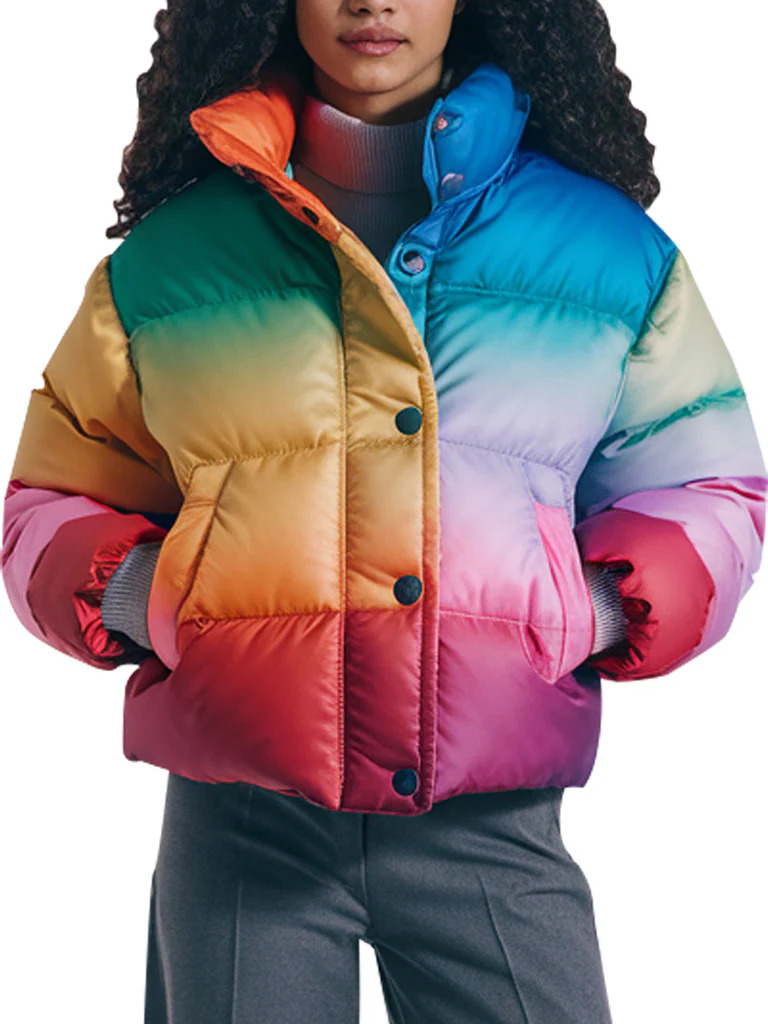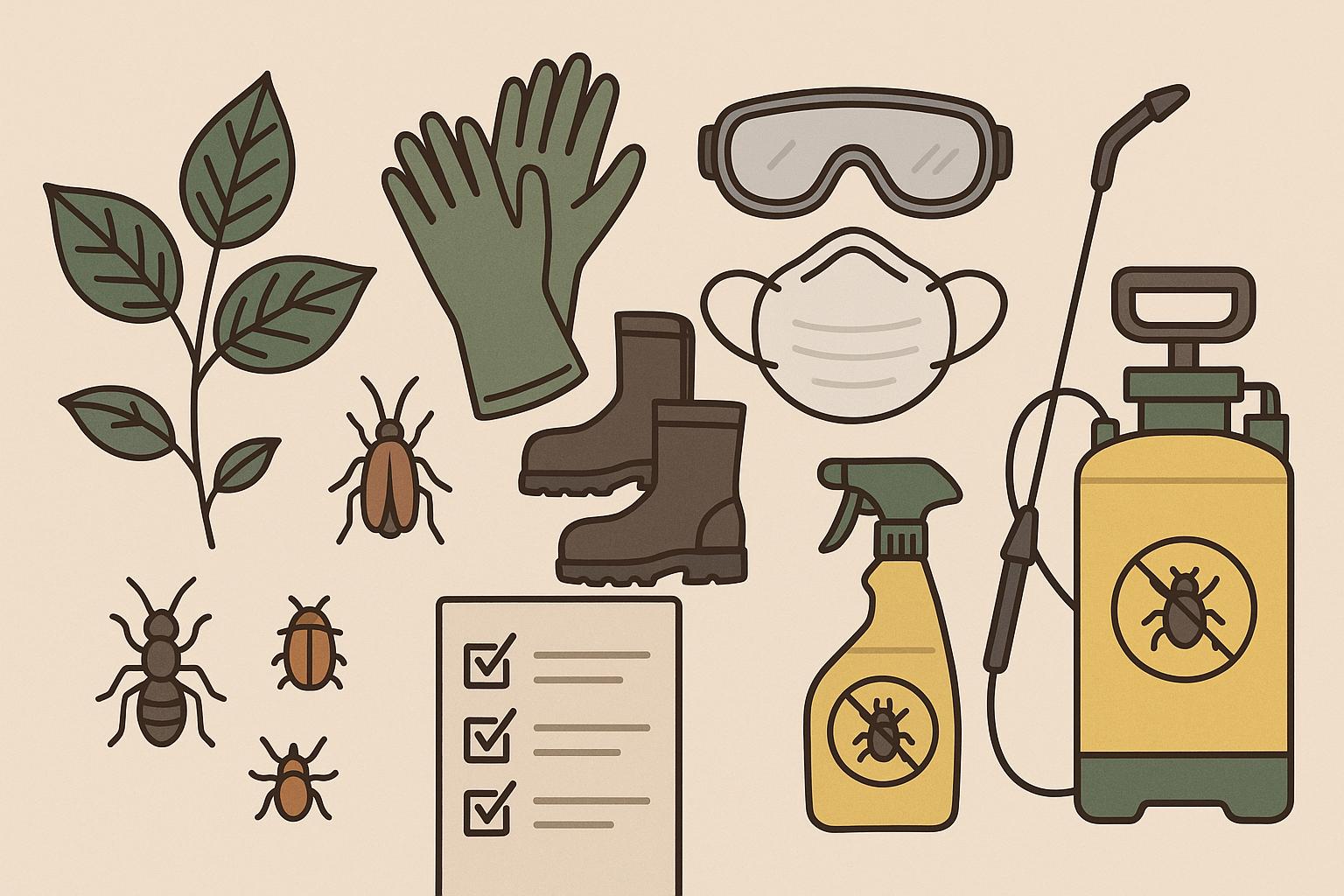Contact-based insecticides play a vital role in modern pest management. Unlike systemic options, these act directly, targeting pests through physical contact rather than internal absorption. For fast infestations, especially from chewing or sap-sucking insects, they’re often the first line of defense. But misapplication can reduce their effectiveness—or worse, harm non-target organisms, crops, or soil.
Before using contact-based insecticides on your farm, orchard, or greenhouse, this checklist helps ensure you make the right choices. Whether you’re dealing with thrips, beetles, or aphids, accuracy and preparedness are essential.
Why Preparation Matters Before Spraying
The timing, method, and application site of a contact insecticide have a significant impact on its effectiveness. If pests are concealed in the soil or under leaves, or if the spray fails to reach the intended surfaces, its effectiveness is drastically reduced.
Contact insecticides require:
- Direct exposure to pests for maximum lethality
- Precise droplet coverage across affected areas
Without planning, spray drift, runoff, or residue build-up can reduce crop quality or create resistance problems. Many growers who struggle with repeat infestations often overlook the setup phase before applying a spray.
Have You Identified the Pest Correctly?
Correct identification is non-negotiable. Many growers misdiagnose symptoms, targeting the wrong pest, which leads to wasted applications and crop stress.
Check for:
- Type of damage (chewed leaves, distorted stems, sap loss)
- Time of activity (nocturnal vs. diurnal pests)
- Pest size and movement pattern
For example, thrips require fine mist sprays due to their tiny size and mobility, while beetles need more direct contact due to their exoskeletal armor.
Several farmers rely on visual ID apps or tools, such as the Insect Images Database, to verify species before selecting the right formulation.
Are You Using the Right Product for Contact Action?
Not all insecticides work on contact. Some are systemic, and others are translaminar. Always check if the label specifically mentions contact-kill mode and the range of pests it controls.
Products designed for surface kill often contain:
- Pyrethroids
- Carbamates
- Botanicals like neem or clove-based oils
One trusted option I found effective for small-scale vegetable plots was Koranda insecticide for pest control due to its contact-specific action and low re-entry interval. It’s suited for direct application where pest visibility is high and requires precise timing to be effective.
Is the Application Timing Aligned With Pest Activity?
When bugs are exposed and active, contact-based pesticides work best. Adhesion and impact are decreased when spraying at the incorrect time, such as after a rainstorm or in the middle of the day.
Ideal timing:
- Early morning or late afternoon when pests are feeding
- Before heavy rains to prevent wash-off
- When humidity is moderate (40–70%) for better droplet adherence
Some insects like aphids and caterpillars are less mobile in the early hours, making them easier targets.
Is Your Spray Equipment Calibrated?
Droplet size, nozzle pressure, and angle directly affect spray coverage. Uneven distribution leads to gaps where pests survive and breed resistance.
Pre-spray checks should include:
- Nozzle tip wear or clogging
- Tank agitation for formulation uniformity
- Proper pressure calibration based on crop height and canopy density
Micron droplet sprayers are preferred for contact sprays as they promote surface adhesion. To evaluate coverage in dense crops like cotton or brinjal, farmers also use colored water spray tests.
Are You Monitoring Weather and Wind Conditions?
The effectiveness of contact pesticides can be significantly impacted by the weather. Wind reduces coverage by causing drift. Rain can wash the insecticide off leaves before it has a chance to take effect, and high temperatures accelerate evaporation.
Watch for:
- Wind speed below 10 km/h during application
- No forecasted rainfall for 24 hours post-application
- Temperatures between 18°C and 30°C for optimal absorption
Contact-kill products are less persistent, so environmental conditions should support their full effect within a few hours.
“Spraying at the wrong time is like locking the barn after the horse has bolted. Timing doesn’t just affect effectiveness—it defines it.”
Have You Checked for Beneficial Insects Nearby?
Contact insecticides don’t discriminate. They can affect pollinators, parasitoids, and beneficial insects, including beetles, if not managed carefully.
Before spraying:
- Identify bee activity times and avoid them
- Use perimeter spraying instead of broadcast when feasible
- Choose selective products with low toxicity to beneficials
IPM-compatible contact products allow you to manage pests while preserving natural predator populations. This reduces your long-term dependency on chemicals and helps avoid resistance.
Are You Rotating Active Ingredients?
Controlling resistance is essential. When the same contact pesticide is sprayed repeatedly, bug populations become resistant. To prevent decreased efficacy, rotate chemical groups every cycle.
To choose various action groups, use resources such as the IRAC MoA Classification Guide. This tactic helps maintain your pest management program and breaks the cycle of adaption.
Do You Know the Pre-Harvest Interval?
PHI refers to the time between the last spray and harvest. Not respecting it can lead to pesticide residue in produce, violating safety standards.
For contact-based insecticides:
- Always read label PHI instructions (usually 3–10 days)
- Avoid spraying close to harvest in leafy greens or fast-harvest crops
Export crops face stricter MRL (Maximum Residue Limits), so misjudging PHI can lead to crop rejection and legal issues.
Are You Wearing the Right Protective Gear?
Contact sprays not only affect pests—they can irritate human skin, eyes, and lungs if inhaled or absorbed. Safety must be a priority.
Essential protective gear:
- Chemical-resistant gloves and boots
- Long-sleeved overalls or waterproof aprons
- Respirator mask if spraying in enclosed areas
Even organic contact sprays like neem oil can cause allergic reactions without gloves. PPE reduces health risks and promotes long-term safe spraying habits.
Post-Application Monitoring: Are You Measuring Effectiveness?
Just spraying isn’t enough. Monitoring after application helps verify impact, check for reinfestation, and plan next steps.
Look for:
- Dead pest count within 24–48 hours
- Fresh damage symptoms on treated vs. untreated areas
- Changes in pest behavior (reduced feeding, slower movement)
Record the pest load every three days using scouting sheets or mobile monitoring equipment. This guarantees that your approach adapts to field situations and helps refine applications for the future.
Can You Combine Contact Sprays With Other Control Methods?
Absolutely. Integrated strategies work best. Combine physical, cultural, and biological control methods with contact sprays to maximize efficacy.
Examples:
- Use yellow sticky traps for whiteflies alongside contact sprays
- Intercrop marigold or mustard to repel sucking pests
- Release predatory mites after a low-toxicity contact spray
This layered approach reduces resistance risk and improves long-term pest suppression.
FAQs About Contact-Based Insecticides
- Can I use contact insecticides on all crops?
Most are crop-specific. Always read the label and test on a small patch before full application. - How often can I repeat application?
Usually every 7–10 days, depending on pest pressure and product label. Overuse may lead to resistance. - Are contact insecticides harmful to humans?
They can be if misused. Always use protective gear and avoid spraying near children, water bodies, or livestock. - Will rain reduce their effect?
Yes. Always check the weather. Rain within a few hours of spraying may wash off residues before they act. - Can I mix them with fertilizers?
Only if the product label allows. Some formulations are incompatible and can reduce effectiveness or cause plant burn. - What’s the best nozzle for contact spraying?
Flat-fan or hollow-cone nozzles are preferred for even coverage. Choose based on crop density and pest location. - Do contact insecticides kill eggs?
Mostly no. They target active pests, not eggs. Repeat sprays may be needed as eggs hatch. - Can I combine contact sprays with systemic ones?
Yes, in some programs. Always check label compatibility and stagger sprays to avoid plant stress. - How do I dispose of leftover spray solution?
Use it up responsibly. Never dump it in water sources. Triple rinse containers and follow local waste disposal guidelines. - Do organic contact insecticides work as well as synthetic ones?
They work, but may need more frequent applications. They’re safer for beneficials, but might act more slowly.







